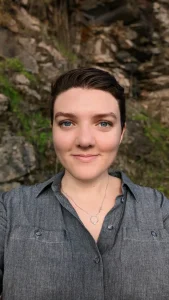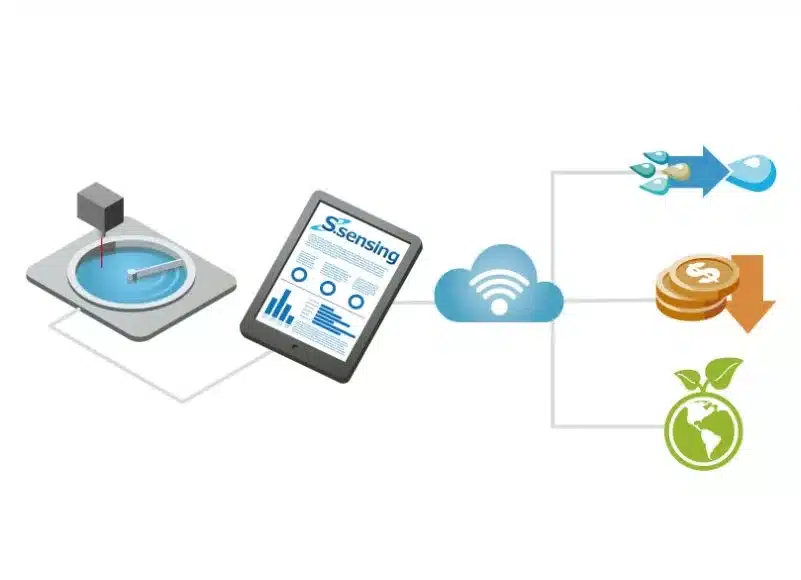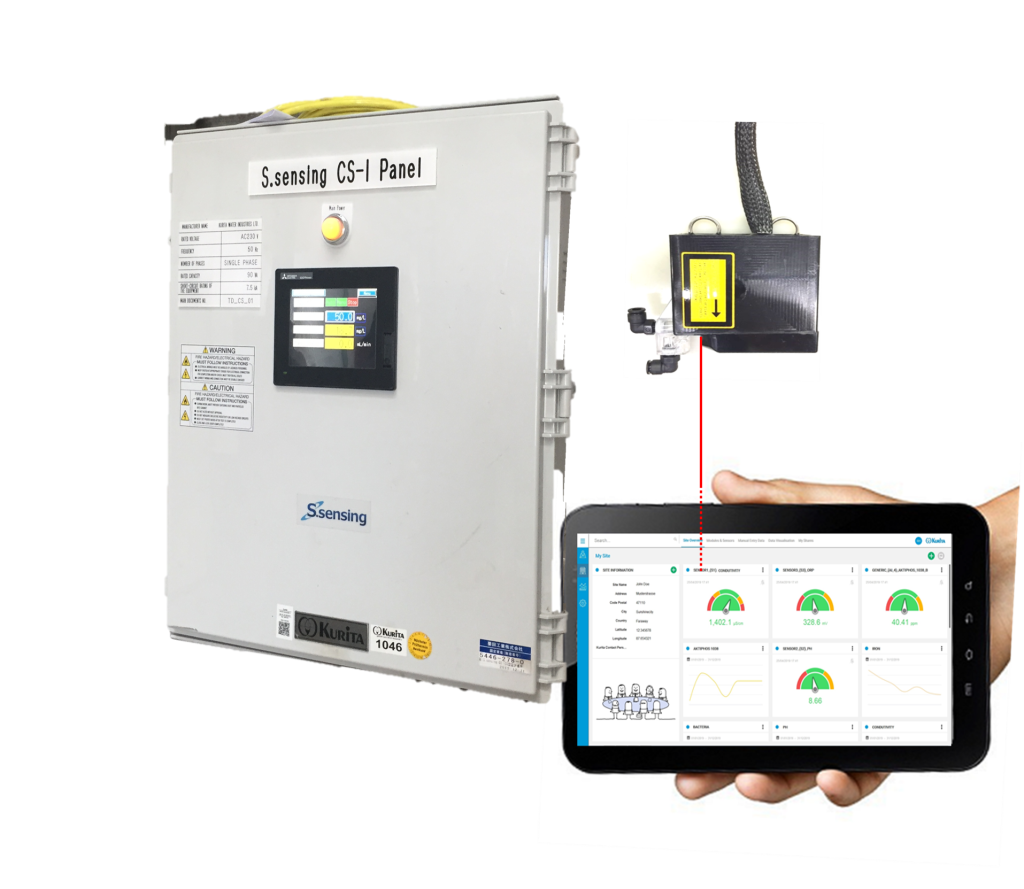
Joanna Walker
Specialista LTM
Liberare il potenziale delle acque reflue
Le acque reflue sono ovunque. Vengono generate dai processi industriali, dai processi di raffreddamento, dal deflusso superficiale e dalle abitazioni. Ognuno di noi produce acque reflue ogni giorno facendo la doccia, pulendo i piatti, facendo il bucato e lavando l'auto. Che cosa hanno in comune tutte queste acque reflue?
Assolutamente nulla!
Le acque reflue generate da fonti diverse pongono sfide significative agli impianti di trattamento delle acque reflue. Queste sfide vanno dall'onere finanziario dei prodotti chimici e delle tasse di scarico alla necessità di rispettare le restrizioni legali, facendo sì che gli impianti di trattamento delle acque reflue siano spesso considerati una spesa necessaria piuttosto che un'opportunità.
Ciononostante, gli impianti di trattamento delle acque reflue hanno un potenziale inutilizzato come risorse idriche, se gestiti in modo efficace. La sfida principale consiste nel comprendere le condizioni in continua evoluzione e nel tenere conto dei cambiamenti nei processi produttivi, delle variazioni stagionali e degli incidenti imprevisti a monte.
S.sensing™ CS: automazione dell'impianto di trattamento delle acque reflue
Per far fronte a questi cambiamenti, Kurita ha introdotto il sistema S.sensing™ CS un sistema progettato per fornire un controllo in tempo reale sul dosaggio del coagulante, utilizzando una tecnologia basata sul laser. A differenza degli approcci tradizionali che misurano dopo il processo di sedimentazione, S.sensing CS rileva la formazione di fiocchi già nelle prime fasi del processo, consentendo di regolare rapidamente il dosaggio del coagulante.
Creare valore attraverso il S.sensing™ CS
- Qualità dell'acqua stabile: Garantire l'utilizzo del prodotto giusto al momento giusto, per una qualità costante e stabile dell'acqua trattata.
- Automazione degli impianti di trattamento delle acque reflue: Riduzione del carico di lavoro del personale grazie all'automazione delle impostazioni di dosaggio, che elimina la necessità di regolazioni manuali.
- Ottimizzazione dei dosaggi: Dosaggio automatico dei prodotti chimici in base alle esigenze in tempo reale, per un funzionamento più stabile e sicuro dell'impianto.
- Risparmio sui costi: Riduzione dell'uso di prodotti chimici e della conseguente produzione di fanghi, con conseguenti significativi risparmi sui costi, compresi quelli di smaltimento dei fanghi.


Per illustrare l'impatto pratico di S.sensing™ CS, un caso di studio relativo a un impianto di trattamento delle acque reflue di una cartiera ha mostrato una riduzione di 50% nella formazione di fanghi, rispettando costantemente i limiti di torbidità. La capacità del sistema di seguire la linea di tendenza del dosaggio richiesto evita sottodosaggi e sovradosaggi.
Inoltre, la tecnologia S.sensing™ CS può essere implementata anche per il trattamento delle acque di fiume, ad esempio per i sistemi di raffreddamento. Ottimizzando il dosaggio del coagulante nelle prime fasi del sistema, si riduce lo stress sulle apparecchiature a valle, come i filtri a sabbia o le membrane, con conseguente riduzione dei cambi di materiale filtrante e delle frequenze di pulizia.
Ulteriori miglioramenti all'impianto di trattamento delle acque reflue possono essere ottenuti anche con l'implementazione di prodotti provenienti dalla Kuriflock™ portafoglio. La gamma di prodotti Kuriflock, adattata alle esigenze dei sistemi, comprende coagulanti inorganici e organici, con una specializzazione nella miscelazione di questi due tipi. Questi prodotti misti mostrano i vantaggi di entrambi i tipi di coagulante, riducendo i fanghi e le quantità di dosaggio. Insieme al corretto coadiuvante flocculante Kuriflock e alla tecnologia S.sensing™ CS, il potenziale di risparmio aumenta in modo significativo.
Le acque reflue e il loro potenziale inutilizzato
Con la crescente scarsità d'acqua in tutto il mondo, il trattamento delle acque reflue per il riutilizzo è un passo essenziale verso una gestione sostenibile dell'acqua. Spesso alcuni flussi d'acqua non vengono considerati per il riutilizzo perché non soddisfano gli standard di qualità. Le tecnologie di trattamento avanzate, come osmosi inversa possono convertire le acque reflue in acqua di alta qualità adatta a vari usi. Tuttavia, i problemi di incrostazione e di fouling spesso ostacolano l'efficienza di questi sistemi, con conseguenti frequenti interventi di manutenzione, tempi di inattività e operazioni costose. Per affrontare queste sfide, Avista, il marchio globale di Kurita per le soluzioni di trattamento a membrana, fornisce concetti di trattamento avanzati che garantiscono un'efficienza economica e un'affidabilità operativa ottimale.
In molti casi, un complesso sistema di osmosi inversa può non essere necessario per soddisfare i requisiti di qualità per il riutilizzo. Una semplice disinfezione attraverso Dilurit® Sistema BC S può essere sufficiente a rendere un precedente flusso di acque reflue idoneo a essere riciclato in loco, riducendo le tasse di scarico degli effluenti e l'impatto ambientale complessivo.
Il potenziale non sfruttato delle acque reflue offre una soluzione promettente per affrontare le sfide legate alla scarsità d'acqua, spostando la percezione delle acque reflue da prodotto di scarto a risorsa preziosa. Il recupero delle acque reflue contribuisce alla sicurezza idrica, sostiene le pratiche sostenibili, conserva le risorse di acqua dolce, protegge l'ambiente e può portare a risparmi per le industrie, le aziende idriche e i consumatori. Kurita può contribuire a sbloccare il suo potenziale grazie alla conoscenza di processi di trattamento avanzati e di tecnologie che apportano valore.
E no, gli impianti di trattamento delle acque reflue non sono un male necessario.

